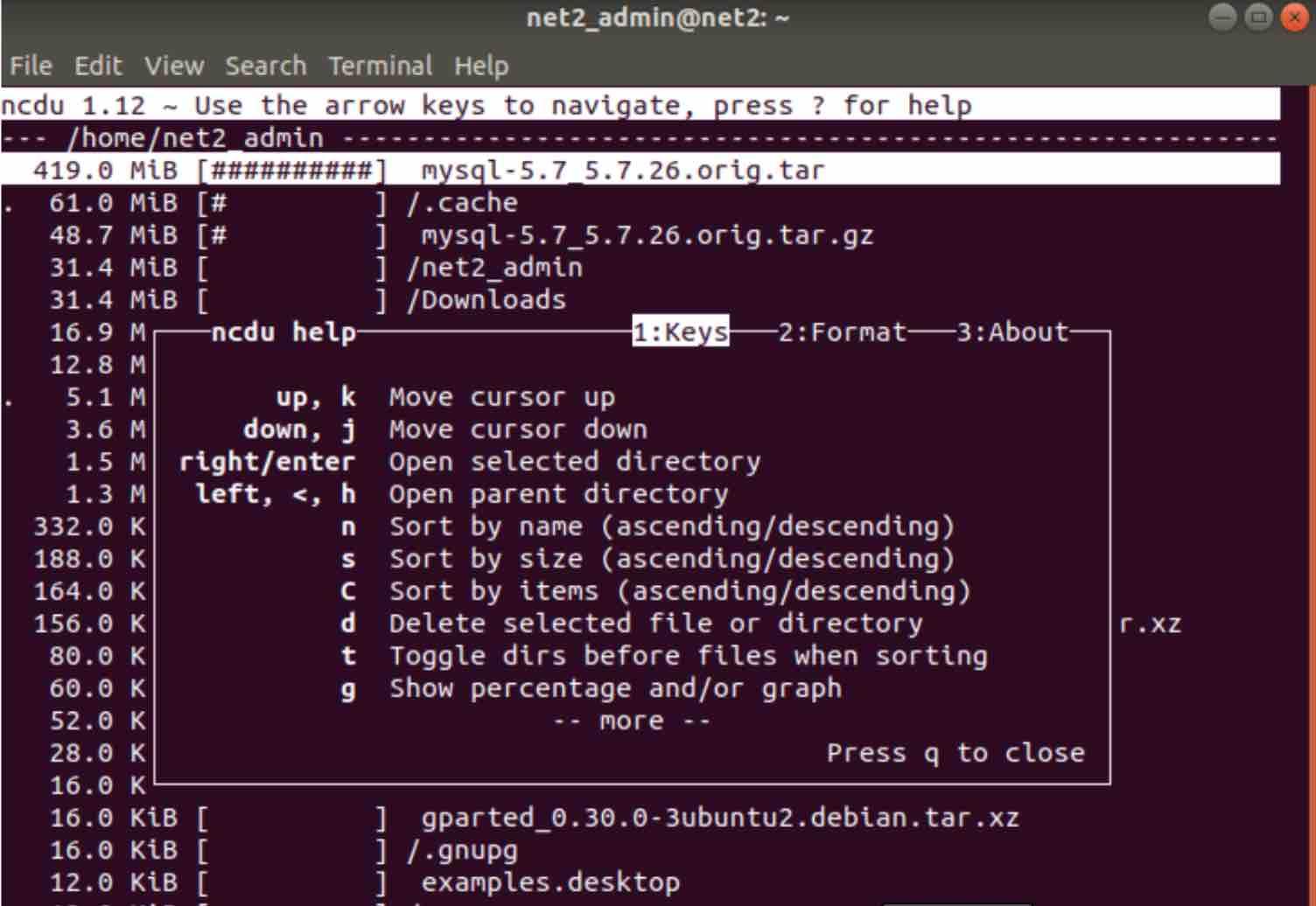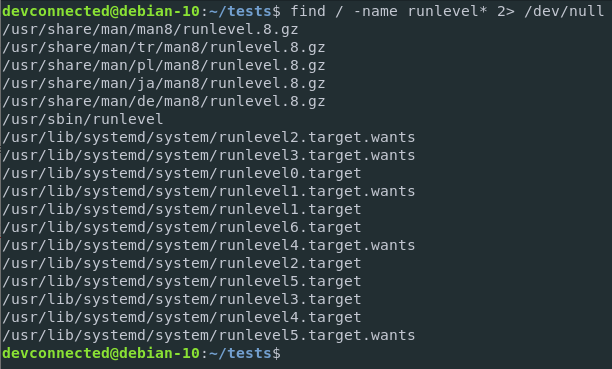
- Bash find file size greater than how to#
- Bash find file size greater than free#
Instructions for the most common systems are as follows. The fd command is available as part of the default packages on most Linux distributions.
Default fd searches ignore hidden files and directories, as well as any patterns listed in the. The find command uses the -iname option to control this behavior. Searches in fd are usually case-insensitive, but become case sensitive if a capital letter is included in the search term. fd supports parallel command execution. fd uses color output to highlight file types similar to the ls command.  Support for regular expressions is tightly integrated into fd. The -name or -iname options are not required, as they are often used when using the find command. By default, fd searches are based on directory name or filename. Here are some of the main differences between the two commands: Key Differences Between fd vs findīecause the fd command has been optimized for everyday use, it behaves differently than find in certain situations. fd achieves better performance due to its parallel tree traversal along with improved regex and ignore algorithms. It often takes only one-tenth as long to execute the same search and return the same results. Otherwise, the search is case insensitive.Īccording to rigorous benchmark testing on Linux systems, fd generates results much more quickly than find does. For instance, a search in fd is only case sensitive if a capital letter is included in the search term. However, it has a more intuitive syntax with sensible defaults, so users do not usually have to append additional options. The fd command does not support every option that the find command does. Rather than being a complete replacement for find, fd focuses on simplicity, performance, and ease of use.
Support for regular expressions is tightly integrated into fd. The -name or -iname options are not required, as they are often used when using the find command. By default, fd searches are based on directory name or filename. Here are some of the main differences between the two commands: Key Differences Between fd vs findīecause the fd command has been optimized for everyday use, it behaves differently than find in certain situations. fd achieves better performance due to its parallel tree traversal along with improved regex and ignore algorithms. It often takes only one-tenth as long to execute the same search and return the same results. Otherwise, the search is case insensitive.Īccording to rigorous benchmark testing on Linux systems, fd generates results much more quickly than find does. For instance, a search in fd is only case sensitive if a capital letter is included in the search term. However, it has a more intuitive syntax with sensible defaults, so users do not usually have to append additional options. The fd command does not support every option that the find command does. Rather than being a complete replacement for find, fd focuses on simplicity, performance, and ease of use. 
An Introduction to fdĪs with the find command, the fd command allows users to find entries in their filesystem.
Bash find file size greater than how to#
This guide compares the find and fd commands and explains how to use and install the fd command on Linux systems. It is more efficient and easier to use, with default behavior that is better suited for the majority of searches.
Bash find file size greater than free#
The free open-source fd utility provides a user-friendly alternative to the find command.

It provides a large number of powerful and useful options, but its default behavior often fails to provide intuitive results. Linux users typically rely upon the built-in find command to locate files and directories on their system.







 0 kommentar(er)
0 kommentar(er)
